In games, animations bring characters, objects, and environments to life, providing a rich and immersive gaming experience. Animations not only showcase the plot and drive the story forward but also provide clues to players, further shaping their perception of the game world.
Today is October 28th, “World Animation Day,” and we have invited two senior animators from Sparx* Studio in Ho Chi Minh City, Vietnam – Senior Animation Director Patrice Compagnon and Animation Director Nguyen Xuan Vinh – to share with us the development of Sparx* Studio in the field of animation, as well as their outlook on the industry and the future.
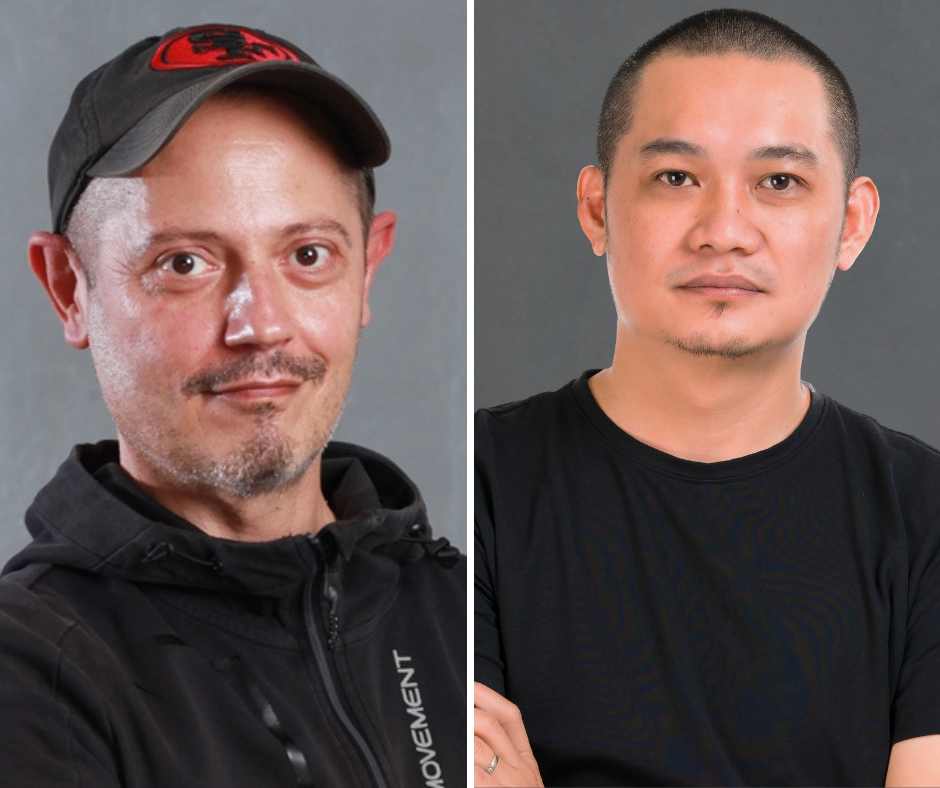
1. DEEPLY ROOTED IN ANIMATION
Can you introduce the animation team at Sparx* and Virtuos?
Xuan Vinh: Currently, most of Virtuos studios have dedicated animation teams, with Sparx* and the Chengdu studio having relatively larger teams.
Sparx*’s animation team currently consists of about 70 members, including the Animation Director, Animation Team Leads, Senior and Junior Animators, Technical Animators, and Animation Producers, among others. The Chengdu studio’s team is divided into Animation and Rigging departments, with approximately 40 team members
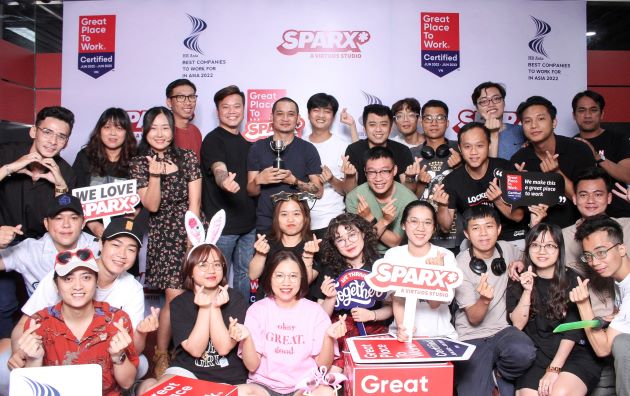
We also have the CounterPunch Studio in North America, which, although relatively smaller in size, excels in facial animation.
We know that Sparx* has a great reputation in the field of TV and film animation. After joining Virtuos, Sparx* excels in the game animation area as well. What are the team’s most outstanding strengths now?
Patrice: Sparx*’s animation team focuses on keyframe animation and motion capture animation for TV series and games. In fact, years of experience have allowed our team to develop the ability to create various types of 3D animations and adapt to different animation styles, including realistic, stylized, and cartoon styles.
If I were to point out our most outstanding areas, it would be in keyframe storytelling animation (emotional/mood acting) and the ability to create facial animation and lip-sync.
Do these strengths come from Sparx*’s years of experience in the TV/film animation field? Has this experience helped Sparx* smoothly transition into the game animation field?
Patrice: When we work on hand-keyframe animation films and animated TV series, we cover various aspects of character animation, including action shots, performance shots, facial animation, and lip-sync. Through these hand-keyframe animation projects, we have gained rich experience that encompasses various themes, such as emotional expression, the meaning behind the animation, character personalities, and bodymechanics.
This experience provides a solid foundation for our expertise in the animation field. Therefore, transitioning to game animation has been relatively smooth for the Sparx* team, as it doesn’t feel like entering an entirely unknown field.
2. ADDRESSING DIFFERENT NEEDS WITH EXPERTISE
What types of animation projects is Sparx* currently involved in? Could you introduce the specific characteristics of each type of project?
Patrice: We are primarily working on three types of projects: TV/film Animation, In-game Cycles, and Game Cinematic.
The process for TV/film animation projects is quite similar to game cinematic animation projects. Our first step is typically to analyze the animation script, layout, and available animation files for the project. We then prepare animation files and notes for the animators. If possible, we also have a kickoff meeting with the client to discuss their notes and any questions, in order to establish production guidelines.
For each episode of animation, we also have separate internal kickoff meetings with our animators. We use an animatic movie to outline the main story beats, and then move into full production. The Animation Director and Team Leads oversee the progress and quality of the project, ensuring timely delivery to the client. After delivery, we received a feedback list, and the team fixed the animation and resubmitted it until final approval was obtained.
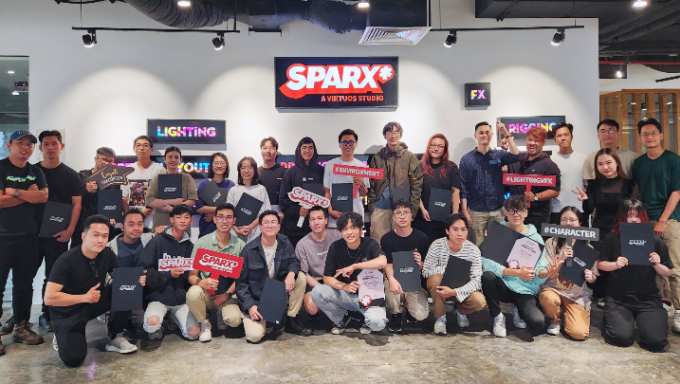
For in-game cycles, we similarly start by analyzing all the animation-related files provided by the client, which may include concept art, animation files, rigging, etc. We also look for additional reference resources, such as videos on YouTube, to help the animators understand the project based on its requirements. The subsequent production and feedback process is similar to film and TV animation projects.
People are always curious about this: what are the differences in the production process between game animation and TV/film animation?
Patrice: First, there is a difference in budget.
Compared to games, most film and TV animation projects have lower budgets. Therefore, in the pre-production phase before animation shot production, it is important to ensure the validation of animation concept storyboards, modeling and texturing, look development, rigging, layout, and necessary animation tests. The limited budget allows less tolerance for issues arising from unvalidated steps in the project, and any delays and changes can result in additional costs. Therefore, the production process of TV/film animation aims to minimize potential changes.
On the other hand, game animation projects, especially those with medium to large game studios like the ones Virtuos collaborates with, often have higher budgets that allow for a certain degree of changes during production. As we use game engines and real-time technology for game animation, the production process is not as linear as a TV show. This non-linear process allows for more flexibility in the animation deliverables until the final submission, leading to more iterations during production, which is quite common.
The second aspect is sequential storytelling. In TV shows, the goal is to tell a story through connected plots, sequences, shots, and story beats. This means that the animation of the current shot needs to connect the thoughts, emotions, and actions of the characters with the preceding and following shots. In this aspect, game cinematic animation is similar to TV shows as they both involve coherent storytelling. However, in-game cycles do not have this aspect, as they focus on repetitive actions rather than sequential storytelling.
The third aspect is the difference in action and performance. In TV shows, we have both action scenes and performance scenes, and animators need to handle both types of animation simultaneously. In games, cinematic animation is similar to TV shows because it is non-playable, and players cannot physically interact with it. They can only follow the story being told, which brings us back to the point of sequential storytelling. However, in-game cycles are different as they involve mechanics and physics related to spatial movement: running, walking, crouching, attacking, climbing, falling, and so on.
Do game animators have different roles, such as focusing on character or environment animation?
Xuan Vinh: A game animator typically specializes in a specific area for better long-term performance, such as character animation, special effects animation, environment animation, skeletal animation, etc. However, to become an excellent animator, it is not enough to only focus on one aspect of animation.
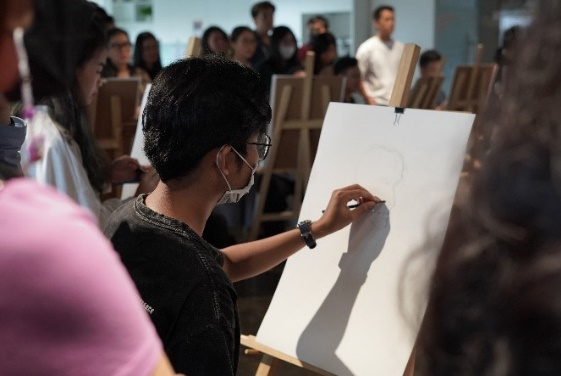
The world of animation is summarized into 12 principles, and anyone who wants to become an animator must first learn these 12 principles. In practical work, you need to learn various knowledge, such as anatomy, physics, etc., and then combine them with animation principles for execution.
How to apply these principles to actual animation work is a skill that takes time to master, but it is just the beginning. Next, you need to learn and understand how to apply different animation styles, each of which has its own unique principles.
3. END-TO-END PROJECTS DRIVING TEAM GROWTH
How do Sparx* animators collaborate with other teams, and how is the production chain connected?
Xuan Vinh: In fact, the production process of animation projects remains the same, but it requires more synchronization and communication with other functional areas. If we need to handle an end-to-end project process, the animation department considers how to collaborate with other departments before starting a new project batch. Usually, we have meetings with other teams in the workflow to propose collaborative solutions that match different departments, so that everyone has a common goal and moves in the right direction. We also have cross-department group chats for real-time communication every day.
In recent years, the Sparx* animation team has been involved in which important projects? Is there any project that you would like to recommend to everyone? Could you share a memorable behind-the-scenes story with us?
Xuan Vinh: In the past few years, we have participated in many top-notch projects. I would like to share two collaborations that I am most proud of. One is the TV animation series “REBEL,” for which we completed four seasons of production for LUCASFILMS. We learned a lot from them, and they were very satisfied with our work. Our team is proud of this achievement. Although we faced many challenges in the early days, our animators, team leaders, art directors, and producers never backed down. We worked together joyfully, breaking through obstacles and creating a supportive and family-like atmosphere. I want to express my gratitude to our art directors, Patrice and Lê Vinh, as well as the producers, Thủy Tiên and Hoài Thương. With their help, the world has seen the excellent capabilities and quality of the Sparx* animation team.
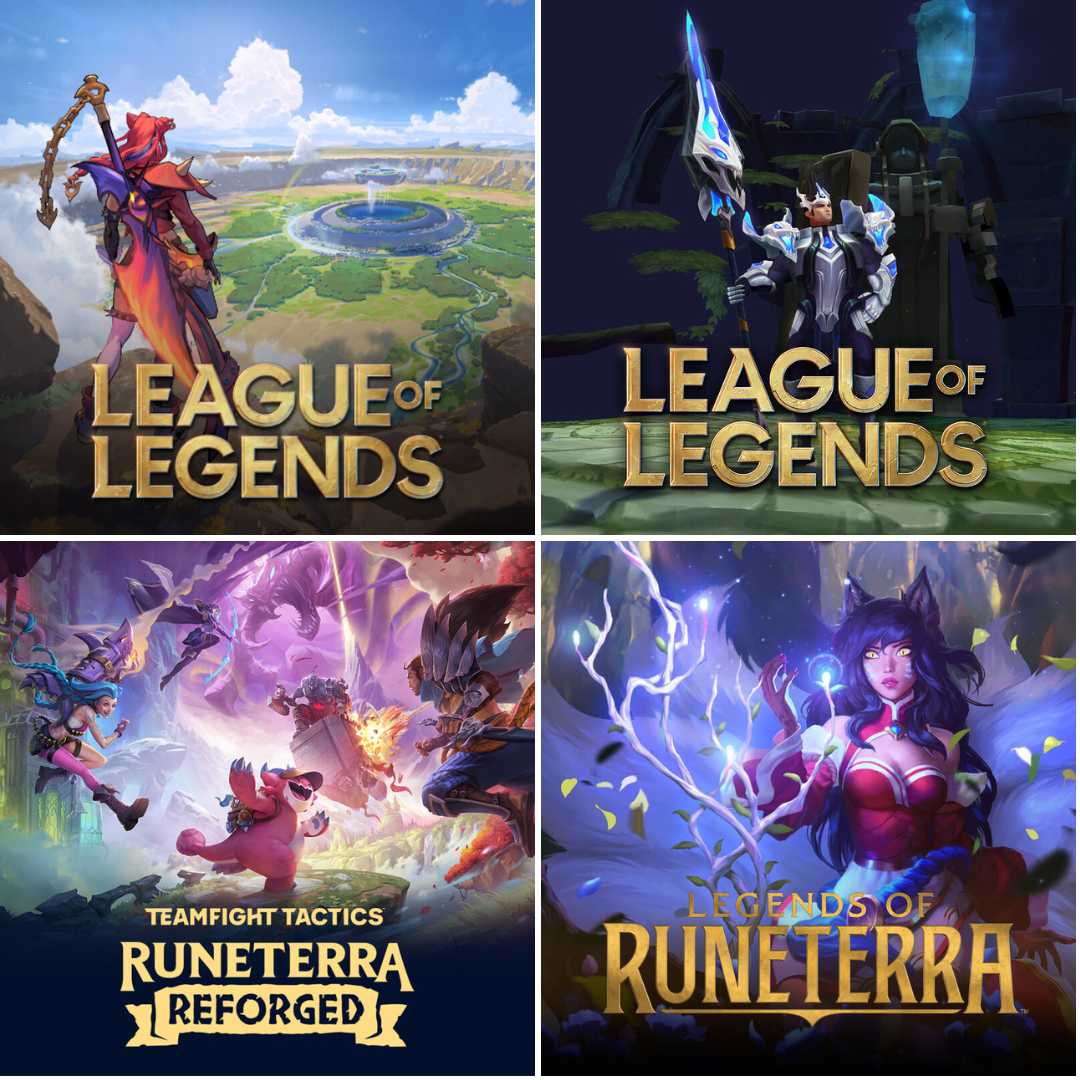
Sparx* maintains a long-term collaboration with Riot Games on League of Legends. For more works, please visit Artstation@Virtuos
Another project is “League of Legends.” I and everyone on our team are proud to have a long-term collaboration with Riot Games. They always appreciate our creative abilities. There are many “bragging” moments behind the scenes, such as receiving special gifts from Riot Games, including game cards, clothing, logos, and souvenirs. We were also invited to visit and learn at Riot Games’ studio in California. These experiences and memories are truly precious and unforgettable for the team and me. It was a great learning opportunity.
In recent years, the team has gradually shifted towards End-to-end art and game development projects. Has this trend also brought changes to the Sparx* animation team?
Xuan Vinh: I think the biggest change is in team collaboration and sense of responsibility. Our animators have become more proactive in collaboration, not only within our department but also with other departments. In the studio, you can see different departments coming together as one cohesive force for a large-scale end-to-end project, working towards the same goal.
Now, not only do the animation directors and producers analyze and study projects, but our animators are also becoming more proactive in this regard. They provide suggestions and solutions to other departments during meetings, actively learning and understanding the workflows of other departments.
4. ANIMATORS ALWAYS HAVE TO LEARN
People who have seen the Virtuos corporate video may have a deep impression of what Patrice said, “animators always have to learn.” What makes you most proud in terms of animator training at Sparx*?
Xuan Vinh: Actually, I was personally trained by Patrice, and it is because of his motivation and the phrase “animators always have to learn” that I have become who I am today.
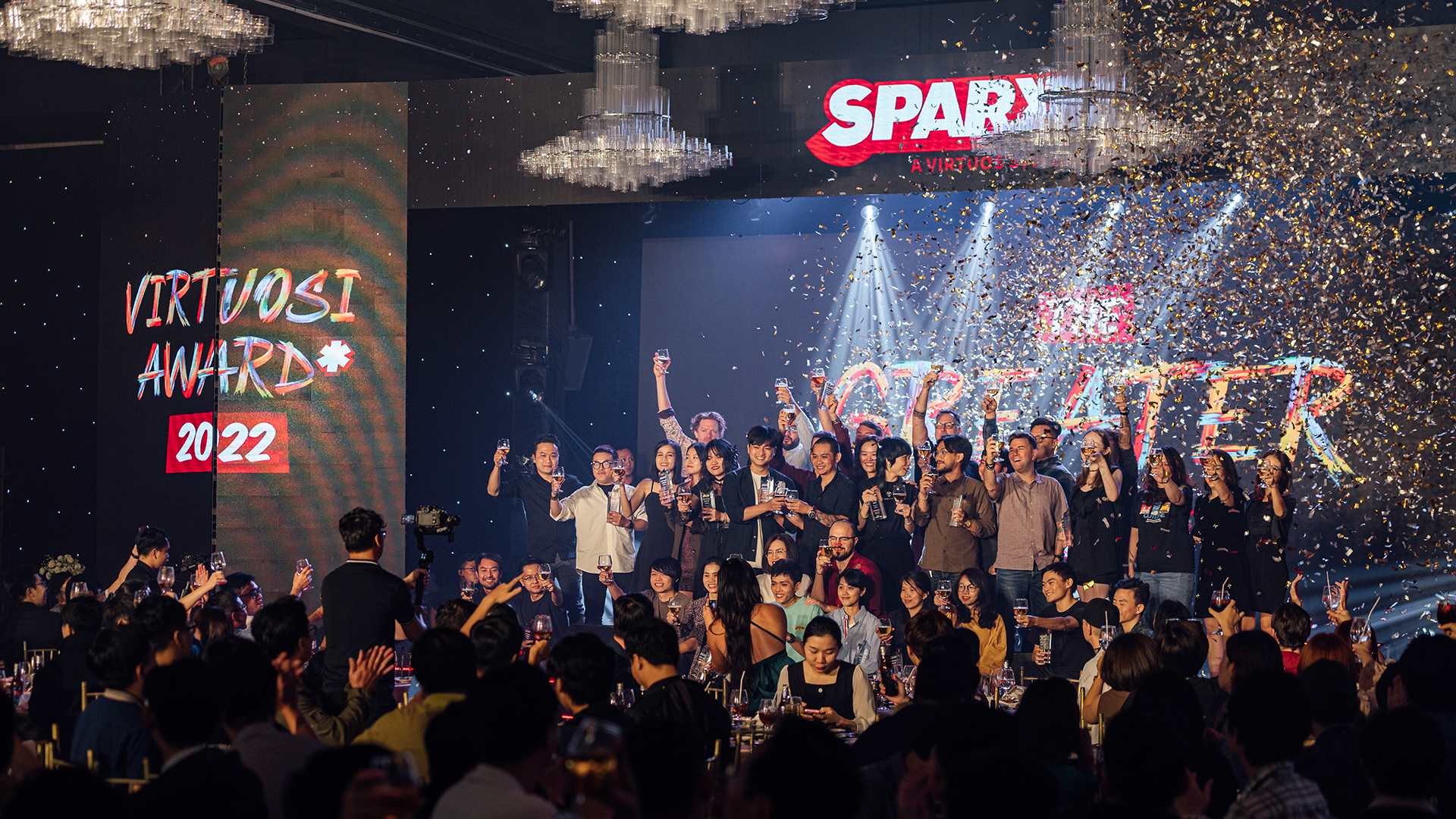
Nowadays, I always share this motto with the young animators in my team. Even if you have 50 years of experience in this industry, if you want to keep up with the world’s pace, and the pace of animation, you still need to continuously learn. If you think you are already excellent enough, then your progress will stop.
Finally, today is World Animation Day. Do you have any blessings, visions, or advice to share with animators?
Patrice: We celebrate the more than 100 years of animation history. Over the past century, different creative methods and media have brought inspiration to people. Even in today’s digital age, animation as a medium is widely used beyond traditional animation. All of these creations stem from our shared goals and desires: to create stories and bring imagination and life to characters and worlds.
Xuan Vinh: On “International Animation Day,” I am truly happy to work in this globally recognized industry. For my fellow animators, I want to say that our job is not just about “performing.” Actors only need to play their roles, but animators not only have to play characters but also give them “life” in the virtual world, bringing infinite dreams and imagination to players and audiences. Don’t be satisfied with the skills you have already mastered. Let us always maintain a thirst for knowledge, remain humble, and keep our passion to “perform” different types and styles of characters…
On this day, I wish everyone in the animation industry, especially all of us in the Sparx* animation department, a vibrant and joyful day. We are a strong team and will continue to push our limits together. Thank you, everyone.
Nowadays, AI has a huge impact on the gaming industry. How will AI/automation tools be applied in the game animation production?
Patrice: The trend I look forward to seeing is the development of AI tools focusing more on automating tasks and reducing the repetitive work of animators, allowing them to have more time for the creative and artistic aspects of animation.
Xuan Vinh: Speaking of AI, honestly, my attention and concerns about it are quite limited. For me, it is just an automation tool. I believe that in the near future, it will be more and more helpful in game production, reducing project time, optimizing the animation creation process, and so on. It will undoubtedly have an impact on the work of animators, but I believe that automation is just automation, and animation has many different styles and subtle differences. The world needs automation to speed up processes, but at the same time, the world also needs special, complex, and creative animations that AI cannot accomplish. These are the tasks that only we animators can complete.

